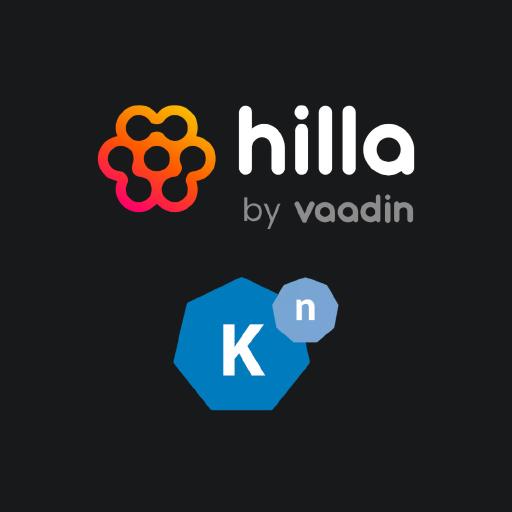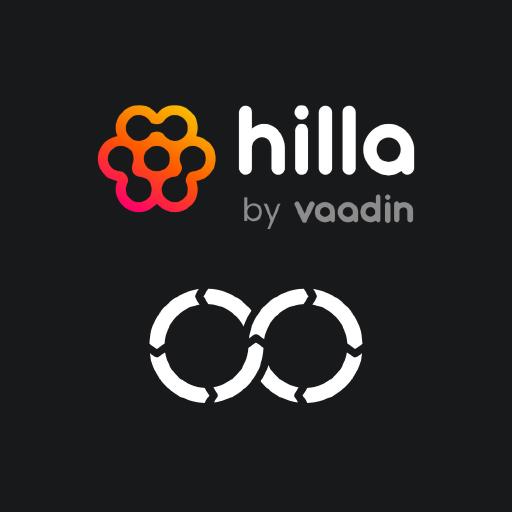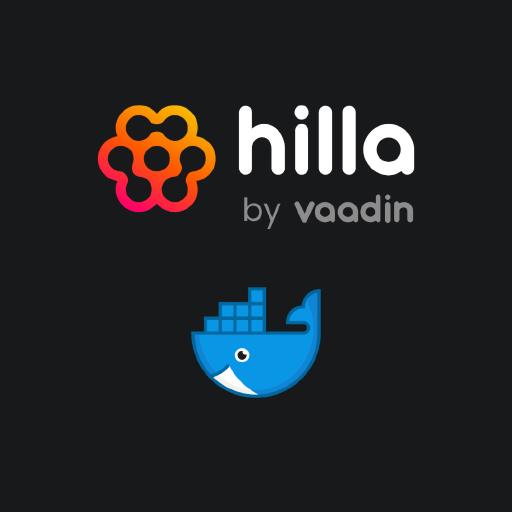Development
Observing Hilla apps. Part 2: Frontend
Continuously observing the React frontend of a Hilla app is challenging, as the browser is far away and not under the control of developers. Fortunately, there are approaches for collecting logs, traces and metrics for the frontend of a Hilla app.
Observability for Hilla apps. Part 1: Backend
Hilla apps in production should be continuously observed in order to detect errors and problems as early as possible. Using OpenTelemetry and Micrometer, logs, traces and metrics for the Spring Boot backend of a Hilla app can be collected for this purpose.
Shipping Hilla apps to production. Part 4: Serverless Deployment
Hilla apps are perfectly suited for Serverless Deployments. This enables an affordable, efficient and scalable operation of Hilla apps in container environments.
Shipping Hilla apps to production. Part 3: CI/CD
The continuous delivery of Hilla apps in production requires a high degree of automation. The creation of the Production Build and the resulting Docker image can be realized with the help of a CI/CD pipeline.
Shipping Hilla apps to production. Part 2: Docker images
If production-ready Hilla apps are delivered in container environments, suitable and efficient Docker images are required.
Shipping Hilla apps to production. Part 1: Production Build
Hilla apps can be built for delivery in production using the Production Build. They can be packaged as a Fat JAR, WAR file or as a Native Image.





